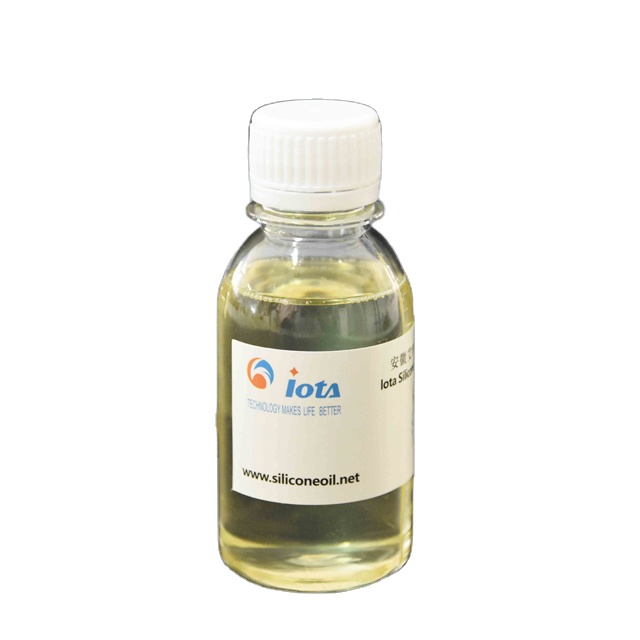1. What is silicone resin?
Silicone resin is a highly cross-linked network polyorganosiloxane, usually made of methyltrichlorosilane, dimethyldichlorosilane, phenyltrichlorosilane, diphenyldichlorosilane or methylbenzene In the presence of organic solvents such as toluene, various mixtures of dichlorosilanes are hydrolyzed at lower temperatures to obtain acidic hydrolyzates. The initial products of hydrolysis are a mixture of cyclic, linear and crosslinked polymers, usually also containing a considerable number of hydroxyl groups. The hydrolyzate is washed with water to remove the acid, and the neutral primary polycondensate is thermally oxidized in air or further polycondensed in the presence of a catalyst to form a highly cross-linked three-dimensional network structure.
Silicone resin and modified silicone resin products are widely used in national defense industry and electrical industry due to their excellent thermal oxidation stability, electrical insulation performance, weather resistance, waterproof, anti-salt spray, anti-mold, biocompatibility and other characteristics. , leather industry, light industrial products, rubber and plastics, food hygiene and other industries play an irreplaceable role.
2. Why is silicone resin wear-resistant?
There are many modification methods for silicone resins, such as changing the organic groups on the side chains, grafting main chains, etc. These modification methods can improve the scratch resistance of silicone resin coatings.
Nowadays, the use of nanotechnology for modification has good development prospects. The preparation of resin-based nanocomposite coatings can help improve the wear resistance of coatings. On the one hand, the resin matrix can be modified. The interaction between the resin and the nanoparticles changes the thermodynamic properties of the system, thereby forming a special ordered structure. By changing the aggregated structure of the polymer chain, increasing the atomic force between molecules, and binding the chain Movement, reducing wear, thereby improving the wear resistance of the coating. On the other hand, introducing nano-fillers into the coating system can improve the mechanical strength and surface hardness of the coating.
Disclaimer: The content contained in this article comes from public channels such as the Internet and WeChat public accounts. We maintain a neutral attitude towards the opinions in the article. This article is for reference and exchange only. The copyright of the reproduced manuscript belongs to the original author and institution, if there is any infringement, please contact us to delete.

